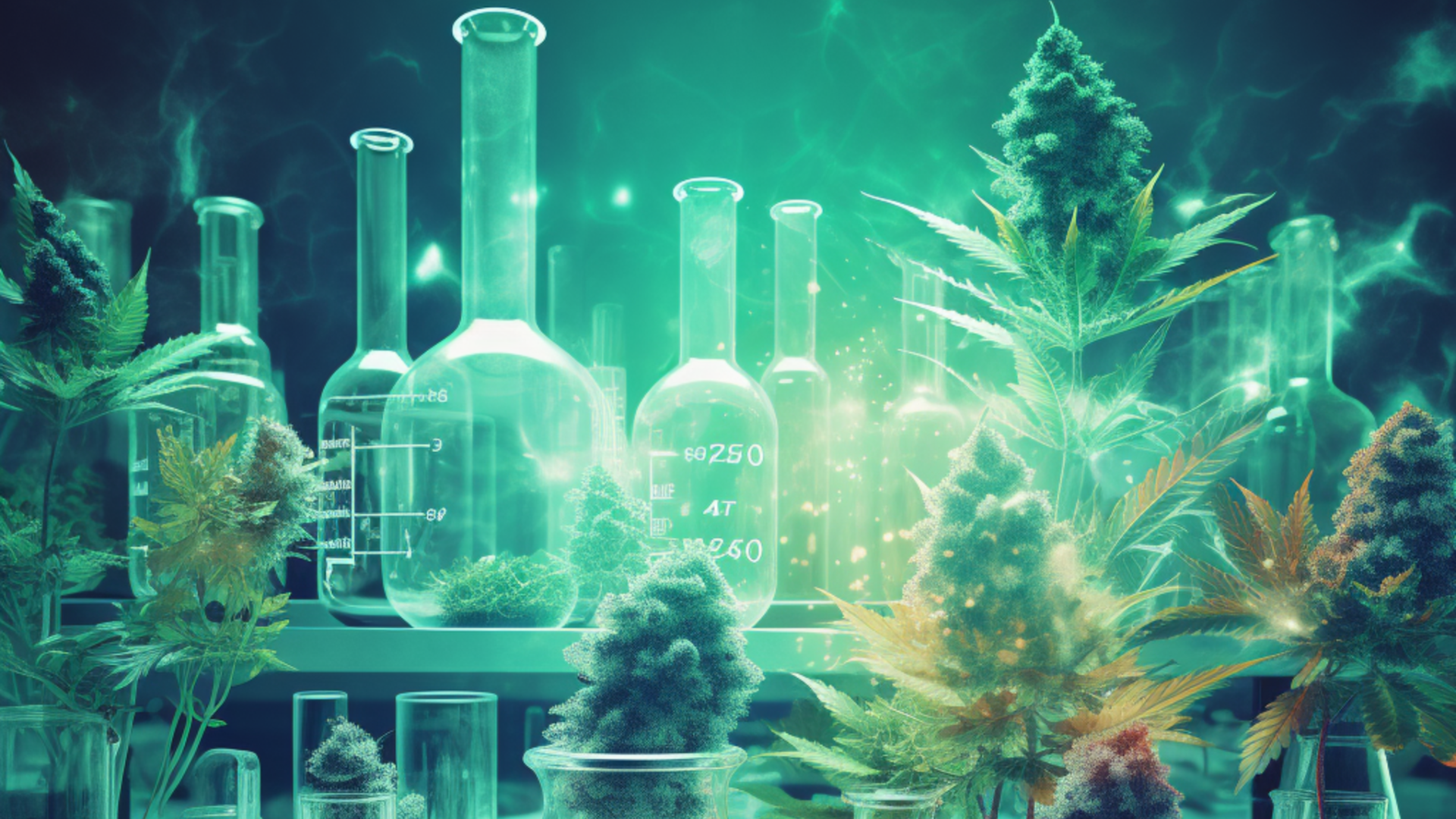Hydroxyhomocholine (HHC) has emerged as a hotly debated compound in recent years, raising questions about its origin and production. As the world grapples with the ongoing quest for sustainable and eco-friendly resources, it becomes crucial to determine whether HHC is synthetic or naturally occurring. This article aims to shed light on the subject, providing an in-depth analysis of the chemical, historical, and environmental aspects of HHC.

Understanding HHC: Chemical Composition and Properties
Hydroxyhomocholine, also known as HHC, is a chemical compound with the molecular formula C8H19NO. It is a derivative of homocholine, a naturally occurring compound found in certain plants. HHC is characterized by its hydroxyl group (OH) attached to the homocholine structure, which differentiates it from its parent compound.
Synthetic vs. Natural: The Historical Perspective
The debate surrounding HHC's origin can be traced back to its discovery and early use. Historically, HHC was first identified in the 1930s, and its initial applications were in the pharmaceutical industry. At that time, its production methods were rudimentary and relied heavily on chemical synthesis, giving rise to speculation that it was entirely synthetic.
However, as research progressed, scientists identified trace amounts of HHC in certain botanical sources, leading to the belief that it might occur naturally in specific plants. This prompted further investigation into the compound's origin and raised questions about the potential existence of natural sources of HHC.
Modern Production Methods: Synthetic or Natural?
With advancements in technology and analytical techniques, researchers have been able to produce HHC through both synthetic and natural means. Synthetic production involves chemical synthesis in laboratories, using various precursor molecules and reactions to obtain HHC. On the other hand, natural production involves isolating HHC from botanical sources where it occurs naturally.
Currently, both synthetic and natural HHC find applications in different industries, including pharmaceuticals, agriculture, and research. The synthetic route allows for greater control over the compound's purity and quantity, while the natural approach offers a more sustainable and environmentally friendly option.
Environmental Impact: Implications of HHC Production
The environmental impact of HHC production is a critical aspect of the debate. Synthetic methods often require extensive chemical processes and can generate harmful byproducts, contributing to pollution and environmental degradation. Additionally, reliance on non-renewable resources to synthesize HHC raises concerns about its long-term sustainability.
On the other hand, the natural production of HHC relies on sustainable cultivation and extraction from botanical sources. If done responsibly, it can minimize the ecological footprint and promote the conservation of plant species that naturally contain HHC.
Regulatory Considerations and Transparency
As the controversy surrounding HHC continues, regulatory bodies worldwide have been closely monitoring its production and use. Ensuring transparency in labeling and clearly differentiating between synthetic and naturally sourced HHC is essential for consumers to make informed choices.
Regulations must also address environmental concerns and promote the use of eco-friendly production methods. Encouraging research into sustainable extraction techniques and supporting responsible farming practices could pave the way for a more sustainable future for HHC.
In conclusion, the debate over whether HHC is synthetic or natural is a complex and multifaceted issue. While it was originally discovered through synthetic means, subsequent research has unveiled its presence in certain botanical sources. Today, HHC can be produced through both synthetic and natural methods, each with its advantages and drawbacks. Hexahydrocannabinol is the first semi-synthetic cannabinoid reported in the EU and has been monitored as a NPS by the EU Early Warning System since 21 October 2022. Unlike synthetic cannabinoid receptor agonists found in Spice-type products, HHC can be made from cannabidiol extracted from low-THC cannabis (hemp). 19. 12. 2022.
Considering the global push for sustainability and eco-conscious practices, the focus should be on promoting responsible, environmentally friendly production methods for HHC. Transparency in labeling and clear communication about the source of HHC will empower consumers to make ethical choices while encouraging industries to adopt sustainable practices.
Ultimately, striking a balance between technological advancements and environmental consciousness will be the key to harnessing the potential benefits of HHC while safeguarding our planet's health for generations to come.
_(1).svg)